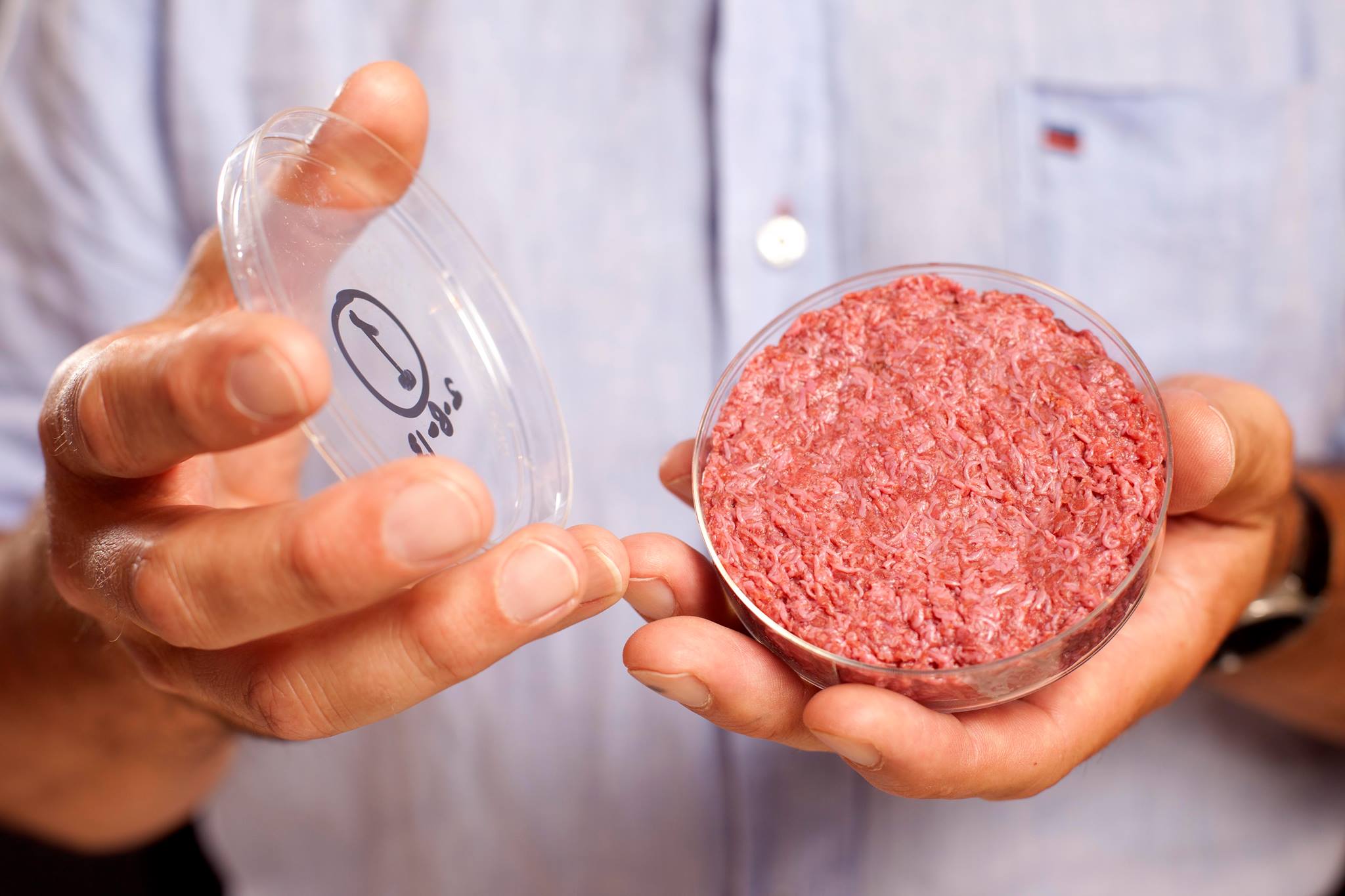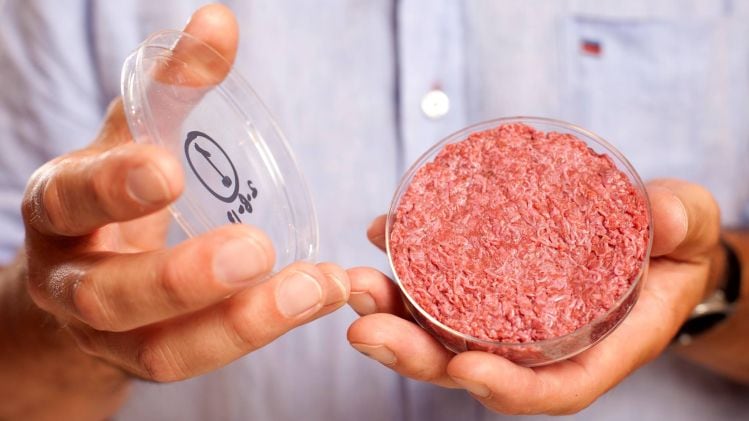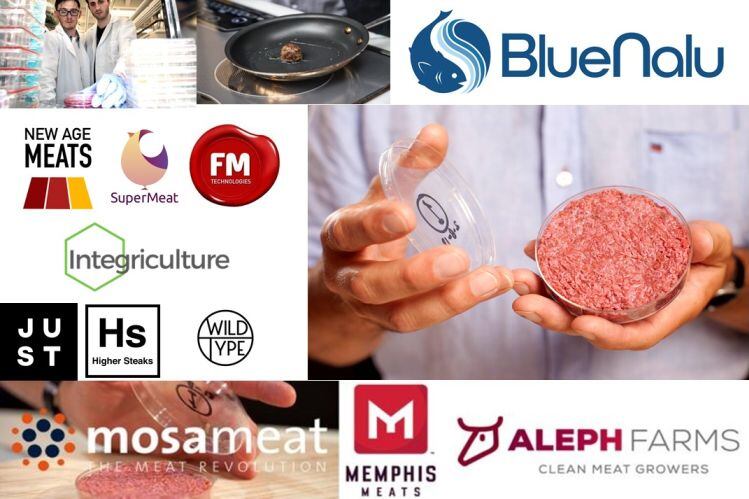"Factory farming and its abuses have made consumers question the ethics of eating animal products, while popular documentaries have eroded trust in the meat/dairy industries," said Laurie Demeritt, CEO at market researcher The Hartman Group.
But sustainability and animal welfare remain secondary purchase drivers for most consumers in the meat and dairy aisles, she told FoodNavigator-USA following the release of Hartman's new report Food & Technology 2019: From Plant-based to Lab-grown.
“It’s the same as you see in the organic category," said Demeritt. "At the end of the day, it’s about is there a benefit for me personally, is it better or healthier for me, does it mean I can avoid hormones or antibiotics, does it have a great taste or flavor, does it provide more variety in my diet? Is it more convenient?”
Right now, among non-users, the biggest barriers to adoption of plant-based products remain cost and “negative taste perception, so if we can get over that,” the market potential is significant, she said.
‘Consumers are looking for more real food that’s fresher and less processed’
That said, the highly processed nature of some plant-based products runs counter to the trend towards simpler ingredients, cleaner labels, and traditional processing methods, while the argument that they are by definition healthier than their animal based counterparts is not a slam dunk, she noted.
“We know that consumers are looking for more real food that’s fresher and less processed, and you could say that everything that’s happening in the technology space is going dramatically in the other direction. There’s a belief that plant-based is healthier, but as the category matures, those opinions could change.
“There’s a huge rush of enthusiasm now, but I think there’s still a question mark over how many of these products will be adopted long term into consumers’ diets.”
51% of the US population has tried plant-based milk or meat in the past three months
While almost all consumers “have some level of distrust in meat and dairy companies/producers,” meanwhile, it doesn’t necessarily follow that they will switch to plant-based alternatives, she said, with some preferring to upgrade their meat and dairy purchases by selecting “grass fed, or better animal welfare standards and so on.
“For the vast majority of consumers, meat and dairy still represent highly symbolic, routine, and pleasurable categories.”
But she added: “We did find that 51% of the US population has at least tried plant-based milk or meat in the past three months, so there is a lot of experimentation going on. People are trying these products and exploring them rather than necessarily dedicating themselves to giving up traditional meat products, which are still growing.”
Insect protein presents greater challenges to consumers than cell-cultured meat or ‘flora-made’ dairy
Hartman Group also tested consumer reactions to “cellular meat [cell-cultured meat], cellular dairy [eg. ‘flora-made’ dairy proteins produced via microbial fermentation, without cows], insect protein, and AquAdvantage Salmon [Atlantic salmon genetically engineered to grow more rapidly] to get a read on likeability, willingness to purchase, and openness to the concept,” said Demeritt.
“Insect protein was the biggest problem of the four because of the disgust factor. Consumers agreed that it was probably pretty healthy and sustainable but the disgust factor came through pretty clearly. The salmon did the best, and both the meat and dairy were closely tied.”
Asked how best to communicate the concept of creating dairy or egg proteins via microbial fermentation without cows or chickens to consumers, she said: “I do think that fermentation generally is a positive as it’s seen as a natural process by consumers, even if they don’t understand how it works [in these particular scenarios], but what you call the actual ingredients is more challenging.”
The GMO factor
Asked whether brands such as Soylent (‘proudly made with GMOs’), Impossible Foods (‘we’ve always embraced the responsible, constructive use of genetic engineering to solve critical environmental, health, safety and food security problems’) ) and the new wave of companies (Clara Foods, Perfect Day, Geltor, New Culture, Motif Ingredients) using synthetic biology to make egg proteins, milk proteins, and gelatin without animals had changed perceptions about genetic engineering, she said:
“I think genetic engineering continues to have negative perceptions, but we have seen that [negativity] kind of plateau recently. I think a lot of consumers are neutral until they hear otherwise right now.”
While Impossible Foods has had some pushback in the natural products community for its use of genetic engineering (it uses GM soy protein concentrate as its core ingredient and produces its star ingredient – heme – via a genetically engineered yeast) “being very clear and transparent about it will help the entire industry,” said Demeritt.
*Hartman Group conducted a nationally representative online survey of 1,803 US adults aged 18-73, including 338 adults aged 18–21. It also spoke to 456 consumers that had purchased plant-based dairy (excluding milks) or plant-based meat alternatives over the past three months and conducted virtual in-depth interviews with plant-based meat/dairy alternative consumers and focus groups with plant-based meat/dairy alternative consumers.
Read more HERE about Hartman’s Food & Technology 2019 report, which covers:
- Science and technology in food culture
- The rise of plant-based meat and dairy alternatives
- Who are plant-based purchasers?
- Going plant-based: consumer strategies, trade-offs, and the challenge of processing
- Purchasing and perceptions of meat, milk, and dairy alternatives
- Sourcing today’s and tomorrow’s innovative foods
- Consumers’ attitudes toward innovative foods

“The idea that technology may need to play a role in food is becoming more and more acceptable, and it’s coming from the places that started the clean food movement anyway, which is kind of interesting.
“So let’s talk about what the technology is and what it does instead of trying to play a lot of games [over terminology such as synbio and GMOs]. Let’s just be clear and honest about what we’re doing.”
Jonathan McIntyre, CEO, Motif Ingredients




